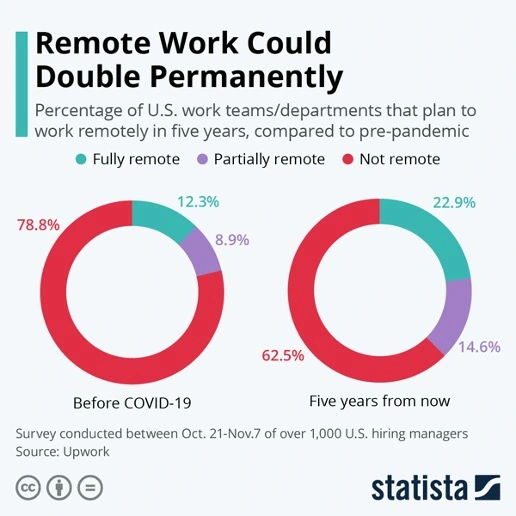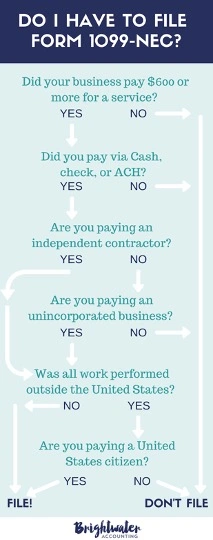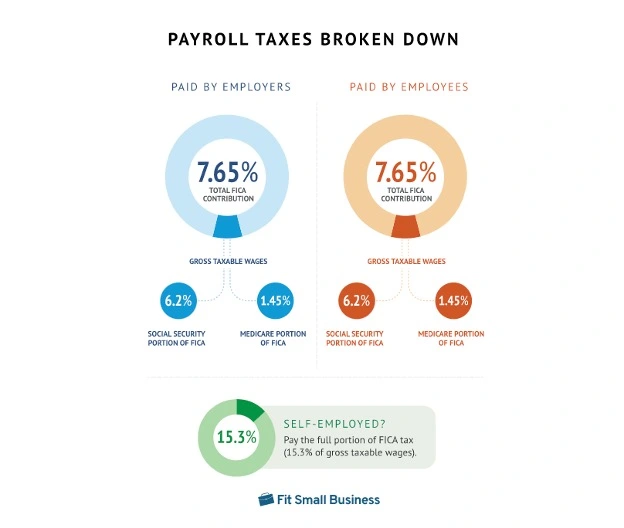With the rise of digitalization, many companies are beginning to tap into the remote job market. In fact, according to Zippia, a whopping 66% of United States employees work remotely, and the rest is following suit.

If you’re looking into hiring remote employees, one of the things that you need to consider is international payroll and tax planning. Hiring someone governed by laws in a state or country different from yours will come with its own intricacies. But that shouldn’t scare you from going ahead and finding remote workers to tap into.
This guide will show you the ropes for setting up payroll and employment taxes for remote workers.
What Is Different About Payroll and Taxes for Remote Workers?
You might be used to setting up payroll and taxes for your in-house team. But when it comes to remote workers and international employees, it’s a whole different ball game. Tax rates and salary considerations are a bit more complicated depending on the kind of remote worker that you engage. And as an employer, you need to do your due diligence and educate yourself about the tax regulations and laws where your remote workers live and work.
Generally, your international workers will be taxed according to the rules of the country they live in. Further, there are also different taxation requirements for various types of remote roles, i.e., remote employees or individual contractors.
Remote Employees Vs. Contractors

The term “remote worker” can encompass two groups of talent:
- A remote employee, or
- A remote independent contractor
Determining their designation will allow you to assess whether or not you have to withhold or pay taxes, provide benefits, pay overtime, comply with minimum wage rules, or supply the employee with insurance benefits.
Remote employees
Remote employees are hired as part of a company’s workforce, albeit working away from the office. They often have full-time hours and receive the same benefits as on-site workers. However, there are also different types of remote roles, each with considerations affecting payroll and taxation.
Individual contractors
Individual contractors, also called freelancers, are not employed directly by the company. They are technically self-employed workers, meaning they need to handle their own taxes. You can pay them their full salary and leave the responsibility of reporting their earnings themselves.
This is typically done via Form 1099-NEC (Nonemployee Compensation).

How To Set Up Payroll for Remote Workers
You have a lot of options to pay your remote workers, but the best one would be to use a payment method that is popular where the worker lives. This will also lessen your burden and compliance risk, as local payment means employees will likely comply with the relevant payroll and tax laws.
To set up payroll for your remote worker, you need to do the following:
Choose a payroll method
First, determine if you’d rather pay your remote workers manually or engage the services of a payroll service provider. If you already work with a provider to pay your in-house employees, it’s worth asking them if they have a separate service for paying remote teams.
Choose a payment mode
You can either pay your employee manually through direct deposit, with checks sent to them periodically, or third-party international payroll apps like PayPal, Wise, or Venmo. Ultimately, asking your remote worker about their preferred payroll method would be helpful. Most likely, they will be more akin to using a popular payroll app where they live.
When deciding on a payment mode, consider the following:
- International bank fees - International banks may charge a certain amount per transaction. If the fee is too costly, opt for a different payment channel.
- International exchange rates - Some banks and payroll services charge fees for covering the exchange cost.
Best practices for paying remote employees
Whichever method you choose to pay your employees, it’s worth following the best practices to ensure that your payments get through, follow taxation rules, and don’t result in unnecessary costs for your business.
Always be up-to-date on payroll laws
Do your research and ensure that you comply with the standards to pay your remote contractors. If you use a payroll service app or provider, they’ll likely send you updates if there are any changes. Make sure to read up on them every once in a while.
Integrate all payroll factors into one system and automate payments
This keeps you organized and allows you to branch out and hire more remote workers. You can also automate payments to reduce the hassle and ensure you’re paying your workers on time.
Keep payroll records organized
Setting up payroll for remote employees can be an unfamiliar and confusing process with all its intricacies. You must remain organized to ensure you comply with all the laws and optimize your payments.
How To Set Up Taxes for Remote Workers
You can’t forget about tax considerations when hiring and paying remote workers. Your tax liability will differ depending on where your remote worker is located and how you classify them and their services.
Taxes for remote employees
Remote employees are employed directly by your business. But when it comes to US-based taxation, you have to pay the local taxes in the state they work — not where your company is registered. But in case the location is the same for both, you will need to withhold state income taxes and instead pay state unemployment tax in your state. In some cases, you might also need to withhold income tax.
Suppose your employee works in a different state than where your company is registered. In that case, you will have to register with the tax and labor/unemployment agencies in the state where your employees live and work. Then, you will need to withhold taxes in that state.
Here’s an overview of the different kinds of remote worker taxes and your liabilities.

For offshore and nearshore employees, you need to have local representation in the worker’s country that can help you follow and comply with their taxation and payroll laws. In case of double taxation risks, you may claim an exemption from certain withholdings by having the employee fill out a W8-BEN form or Certificate of Foreign Status of Beneficial Owner for United States Tax Withholding and Reporting.
Taxes for Individual Contractors
Individual contractors typically handle all their tax requirements. But this does not exempt you, as the employer, from liability. If your contractor is US-based or a US citizen, you’ll need to ask your contractor to fill out Form W-9 (Official Request for Taxpayer Identification Number and Certification). Afterward, you need to use the information in Form W-9 to complete Form 1099-MISC (Miscellaneous Income) for each contractor that you pay more than $600 in a year.
If your contractor is an offshore or nearshore contractor (not US-based and not a US citizen), they will likely need to fill in a W-8BEN form. We have a guide on the different types of W-8BEN forms if you need more information on which one to use.
Final Thoughts
Navigating remote worker payroll can be tricky, especially if you’re not used to doing it. However, with the details we provided in this article, you should be equipped with the knowledge to hire and pay your remote workers while staying on top of your tax requirements.
Ultimately, remember that the payroll and taxation requirements will differ based on the classification of your remote worker and the state where they work or live. Hiring offshore or nearshore individual contractors offers more convenience and minimal tax implications.
Consider hiring from Latin America, where there’s a plethora of talent who shares your cultural values. Get in touch with us to learn more about how you can hire foreign remote workers without the hassles. You can even get started interviewing the best pre-vetted LatAm talent for free today.













.png)






%20(1).png)
%20(1).png)
